
There is beauty in contrast, which is why the world’s most captivating places are often where borders meet: ports such as Venice and Istanbul, hubs on the Silk Road, and Tangier, where the Mediterranean Sea and Atlantic Ocean converge and north Africa stretches up to almost touch Europe across the Strait of Gibraltar. The result is a city that is crossroads of cultures.
The Moroccan city has long called to creatives from Europe and the US, attracting artists Francis Bacon and Henri Matisse and writers including Mark Twain, Daniel Defoe and Tennessee Williams, who wrote in the open-air Cafe Hafa. Allen Ginsberg and Jack Kerouac visited. William Burroughs wrote Naked Lunch in Villa Muniria, now the Hotel El Muniria.
In the medina — the old town — it’s usual to hear Spanish, English and Arabic mingling with French. Nearby, in the labyrinth of white walls surrounding the souk, are the homes of notable tastemakers, which capture Tangier’s eclecticism. Among their international owners who either live or have expansive second homes there are the Interior designer Veere Grenney, shoe designer Bruno Frisoni and designer and hotelier Jasper Conran.
Gordon Watson, a British antiques dealer and collector, discovered Tangier 35 years ago. “I hated it,” he laughs. “It rained every day. There were no good restaurants, no good hotels.” He left thinking, “I’m never going to that dump again.”
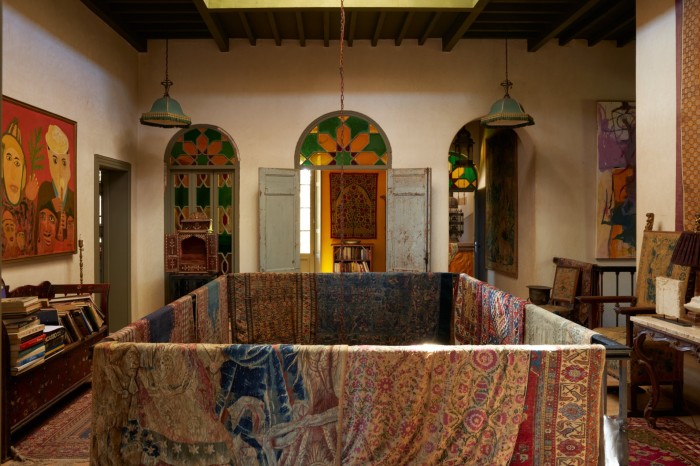
It was only after returning for a party hosted by the fashion editor Hamish Bowles and his partner, the late interior designer Peter Kent, at Dar Sinclair — the home of model Jacquetta Wheeler’s mother Tessa — that Watson’s “love affair” with Tangier began. “I realised Tangier’s charm is that it’s not commercial. There were no good restaurants or grand hotels, but there were these incredible houses with the most eccentric people I’d met in my life inhabiting them.”
When he first house-hunted, “there were no estate agents in Tangier”. He relied on a local man, Samsar, who knew every house available when someone died, got divorced or moved. His first home, Villa Perla, cost £125,000. “Property was very reasonable when I first bought over 25 years ago. I wish I’d bought more,” says Watson.
Villas now sell from around £285,000 for a three-bedroom to £5.5mn for palatial homes with striking views towards Spain and the Bay of Tangier.
Buying is relatively simple. There are two property law systems which apply to different houses — one based on the French system, in which a lawyer handles the transfer of deed for properties on the land registry, and the Islamic system, for older properties which have yet to be registered. An adul, a traditional notary, organises the transfer.
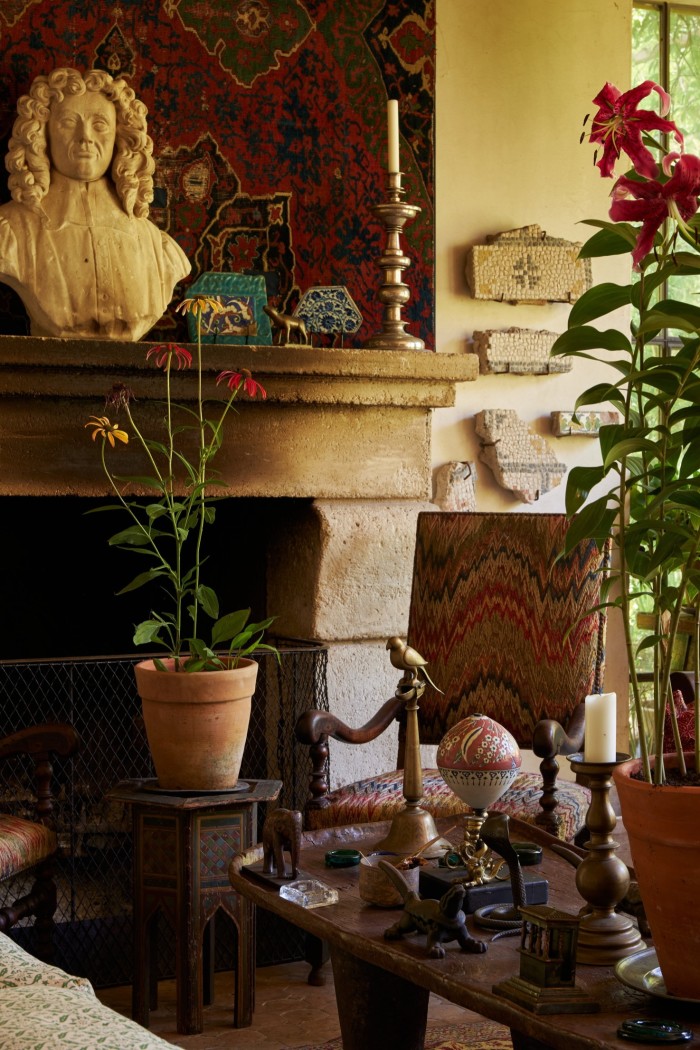
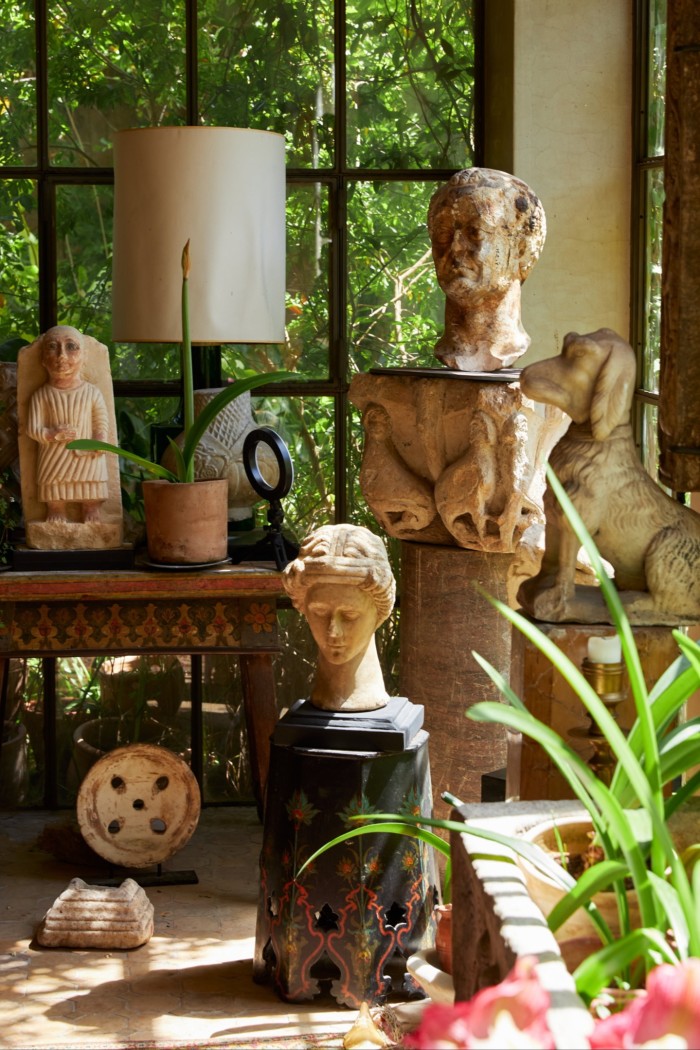
Watson bought his current home, Dar Ouezzane, near the medina, “because of the garden”, transforming it into an oasis. Excavating 3 metres down, he built up towering stone walls topped by mashrabiya, or Arabic wooden grilling, creating a totally private city garden with a mini climate where plants flourish and birds sing. Lush with cosmos, roses, allium, agapanthus, salvia — and Watson’s lily collection — the garden is shaded by a canopy of lemon, peach and pomegranate trees, as well as bougainvillea, passionflower and jasmine.
“The garden gives me probably more pleasure than the interior,” Watson admits. The interior is where Watson has indulged his interests in Roman and Greek antiquities, Alhambra tiles, Spanish colonial silver, Isfahan carpets, early Georgian English and Irish furniture. There is also a large collection of Moroccan textiles.
Watson’s bohemian home reveals a legendary eye for an artefact — and a bargain. Despite being an expert collector, his style is casual, reflecting Tangier’s relaxed atmosphere and mixing items accumulated locally and imported. (When you buy a house here the government allows you to bring a shipment of household goods without duty or tax.)
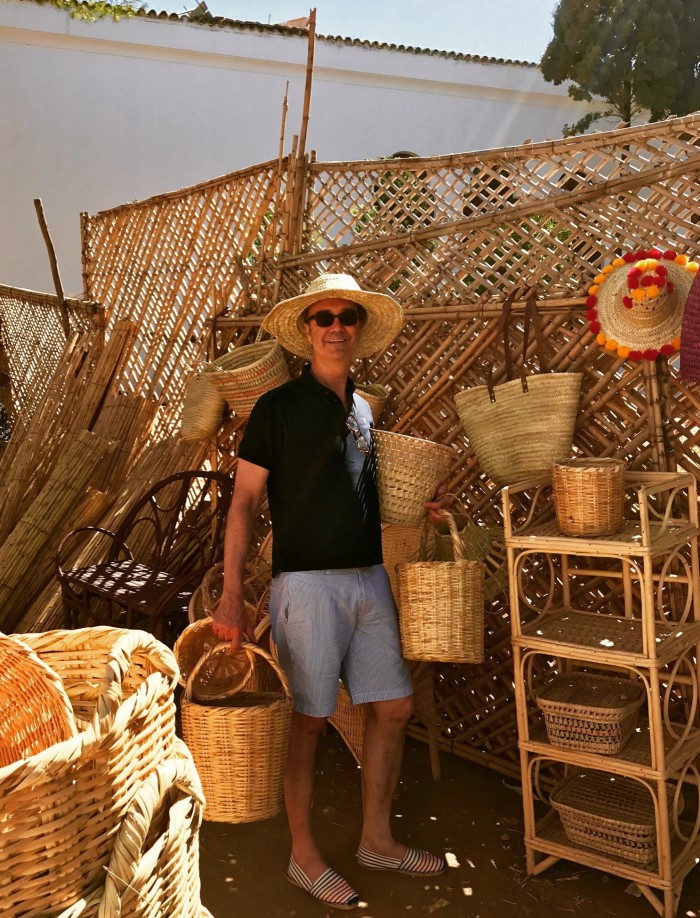
The vast roof terrace looks over to Spain (an hour by ferry). “I like to be by the sea. I like the air and sense of adventure,” Watson says. He likes Tangier’s energy too: “The social life is very, very busy, sometimes insanely so. I have friends who are out every single night. Tangier used to be a place for expats to retire, but now there is a younger, working crowd here.”
Among them is the US designer Frank de Biasi, one of Architectural Digest’s hundred best designers last year. De Biasi first started visiting Tangier in 1984 as a student but it wasn’t until 2018 that he and fellow designer Gene Meyer uprooted their lives, split between Paris and New York, to relocate to Tangier full time.
“It’s magical”, he says. “We wanted to be in a place that had lots of potential, where we could see things happening.” He has noticed a new generation of creatives opening local businesses in Tangier. De Biasi’s own shop Habibi Burton launches in a couple of months. He has found doing business in Africa “on the upswing. It’s exciting to see the changes.”
Habibi Burton stocks items designed and made in Tangier, created with local artisans using traditional techniques. “Everybody has been here and left their mark and the city celebrates that. It’s multicultural, and there are lots of crazy interesting things going on.” De Biasi found “a warm, welcoming community” among Moroccans who are “wonderful, super kind, generous — it’s such a great culture and we’re happy to be part of it”.
His house, Dar Hamra, next door to interior designer Jamie Creel, is colourful and playful, mixing his and Meyer’s tastes; their love for pattern, antiques, flea-market finds and things created with local artisans. His kitchen features open cabinetry with handcrafted trellising, pink marble from Portugal and brass lights he designed and had made locally. “It’s been exciting to experiment.”
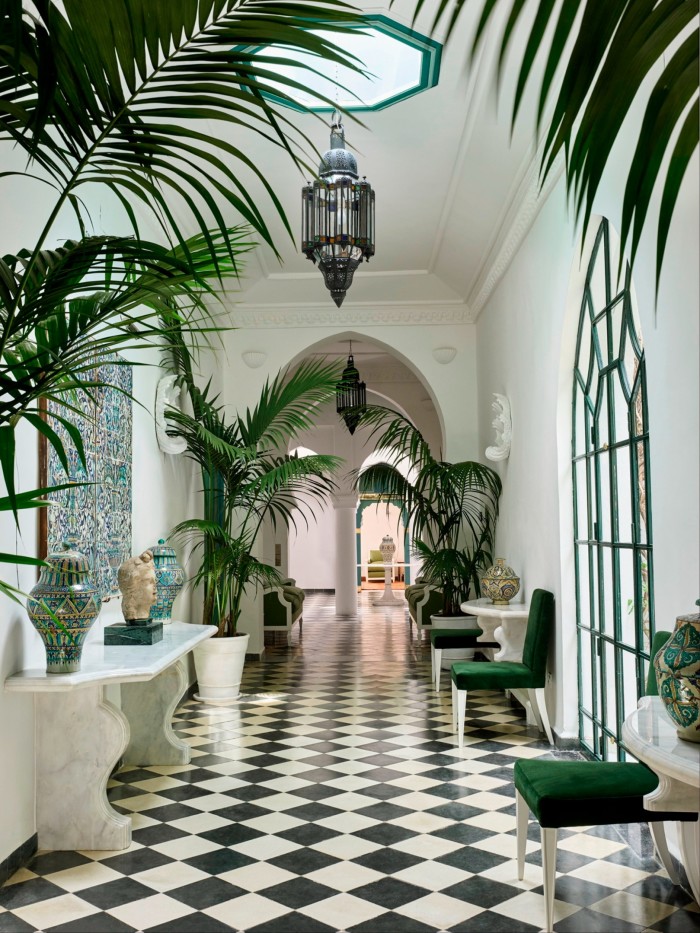
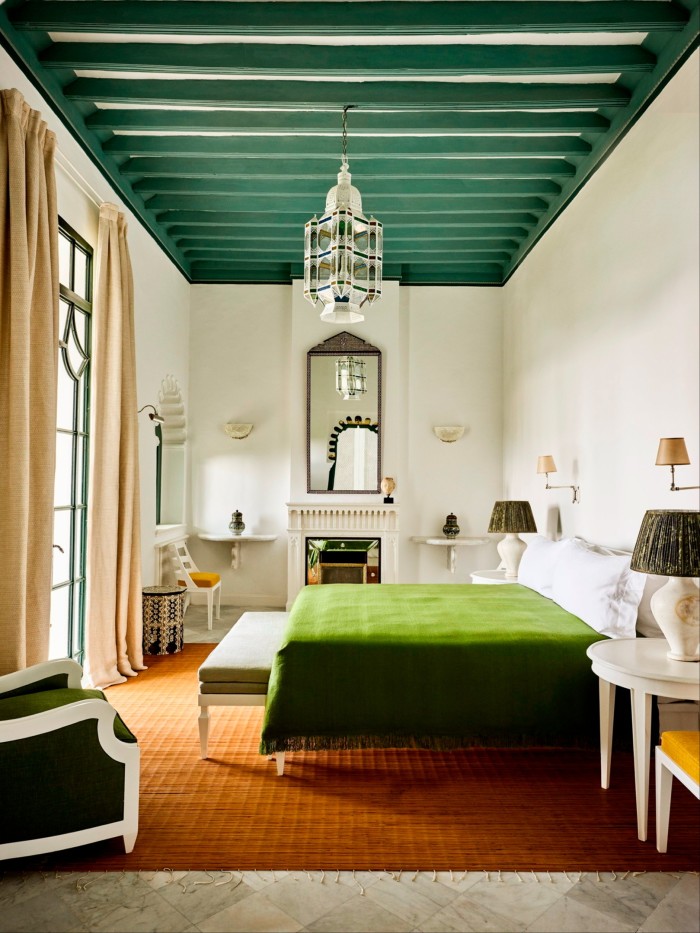
His style reflects Tangier’s energy. “The fact it’s a port city, with all these different energies coming from different places, creates a mish-mash of exciting things and opportunities. Every day is a new experience — you never know what is going to pop up.”
The star of this new scene is Villa Mabrouka, the former home of the late Pierre Bergé and Yves Saint Laurent, lovingly resurrected by Jasper Conran, who has turned it into a boutique hotel. “Well, it all happened by accident,” Conran says from his Dorset home. He had visited Tangier regularly for years but it was in 2019 that an antiques dealer told him Saint Laurent’s home was for sale. “The minute I walked through the door, I knew what it could be — it was a revelation.”
The house has “a huge, ravishing garden” that gazes across palms to the Strait of Gibraltar and “the most unbelievably gorgeous pool”, filled by a waterfall and carved out of the rock. Conran built nine new pavilions in the grounds, with French-style shutters that mirror the windows. “I wanted to protect as much of the atmosphere as I could. When you find something beautiful be careful that you don’t change it into something completely different,” he says. “I was very conscious this is part of [Saint Laurent’s] history and part of Morocco’s history too.”
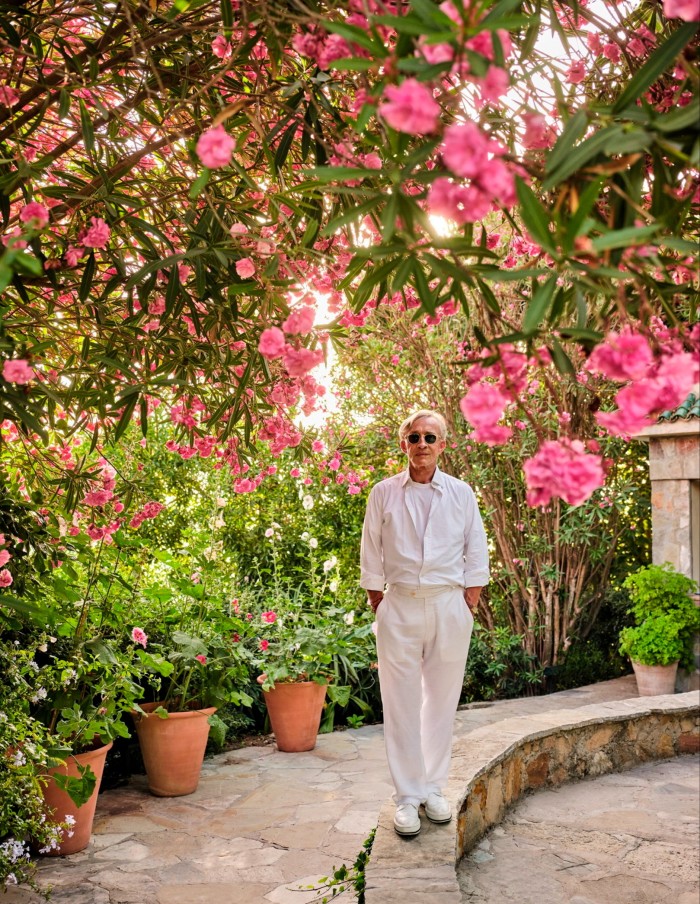
Verandas and crittall windows look over the palm-filled gardens; elegant furnishings underscore the simplicity of the 1930s villa, set off by local flourishes. “It’s a fusion,” says Conran. “A southern Spanish, Moroccan, European mix.” Eighteenth-century Andalusian tiles and Roman mosaics give way to Moroccan chandeliers. He bought furniture from local auctions and designed some in London, which he then had made in Tangier. “It was pretty marvellous — they’re great craftsmen.”
Conran loves Tangier’s unique quality of being on the edge of Africa but with “a very 1930s French atmosphere. And it has a roughish quality which I like. They’ve put a lot of work into it lately, with a huge amount of work on the kasbah, which looks amazing. It’s a bubbling city — it’s almost like it’s being rediscovered.”
Jamie Creel first discovered Tangier when fellow designer Charles Sevigny invited him to celebrate his birthday there in 2005. He ended up buying Sevigny’s house, Dar Zero, which he describes as “a magical home, and from the moment we entered its doors, we fell under its spell”. He and Marco Scarani have kept the house largely unchanged, preserving its original charm and character, along with its majestic 300-year-old fig tree, under which Samuel Pepys is said to have written in his diary. Additionally, they have retained the original open entrance gallery with its beautiful Moorish columns.
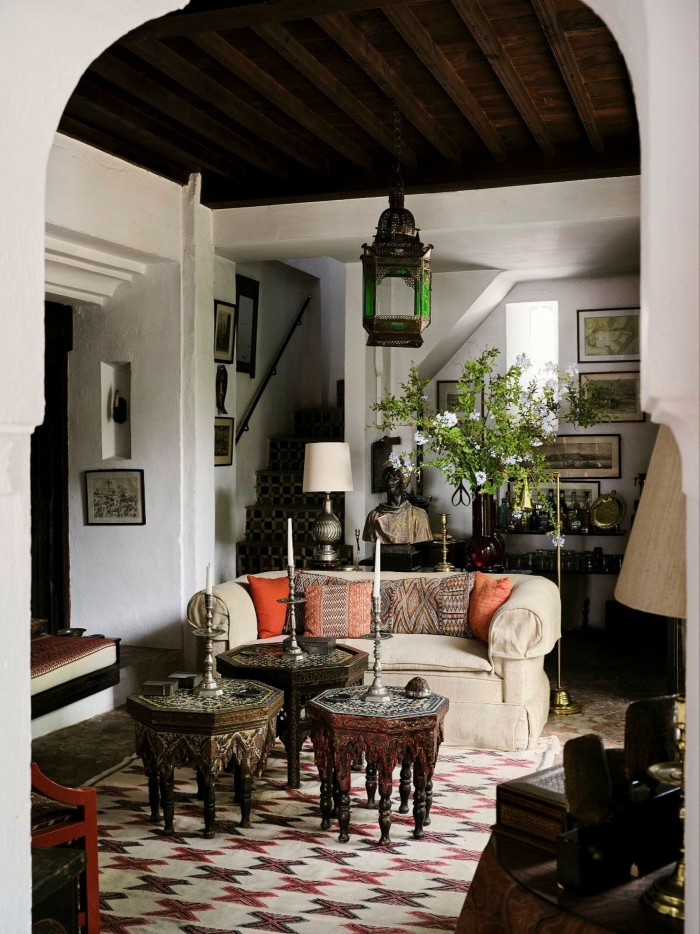
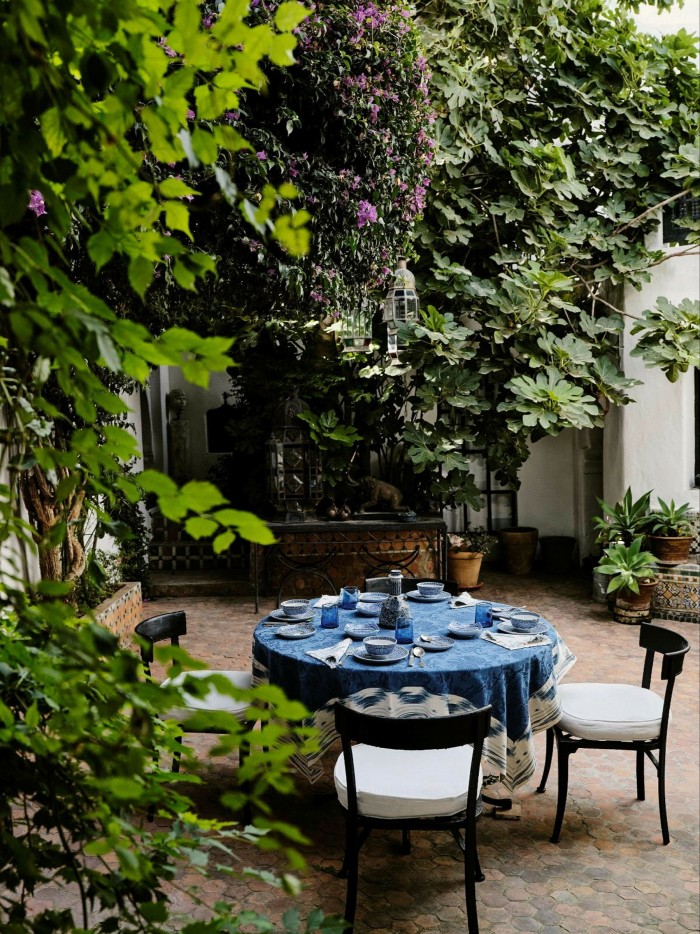
The decor is eclectic, blending European and Moroccan styles. “This city is a haven for those with imaginative ideas [and] skilled artisans are ready to help bring visions to life,” Creel says.
Creel is one of the incomers and however worldly he may be, there were still things he didn’t expect. The culture shock on his arrival “was unlike anything I had ever experienced”, he says. But in a good way. “Tangerines are more welcoming than New Yorkers. Whenever I step outside my front door, I am greeted with shouts of ‘Jimmy’ as I wander through the medina.”
Find out about our latest stories first — follow @FTProperty on X or @ft_houseandhome on Instagram

